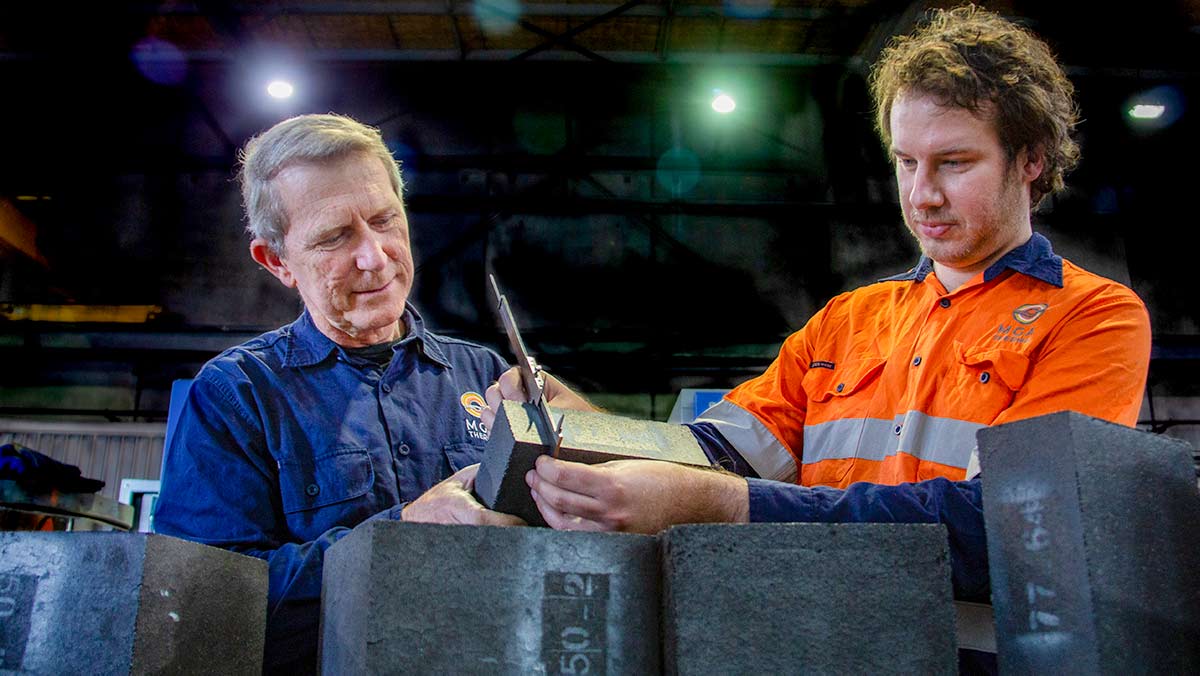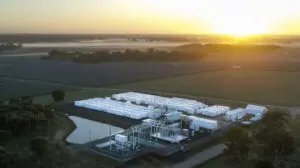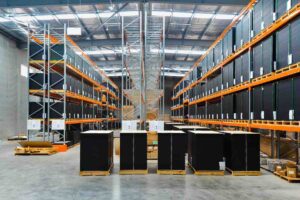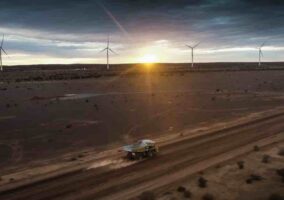Australia’s biggest coal generator and polluter AGL Energy is to study the potential use of renewable-powered “thermal battery” options as a way to retrofit some of its ageing fossil fuel assets that are about to be retired.
AGL is to investigate two different technologies – one German, and one Australian – to see if they can be applied to the 200MW steam turbine at the Torrens Island B gas generator near Adelaide, which is already the site for a 250MW big battery currently under construction.
If that proves feasible, AGL says it could assist in the transition of all its major coal and gas facilities into major renewable energy and storage and industrial hubs over the next decade.
The Australian technology to be used in the study has been developed by MGA Thermal, which has already received $1.27 million in funding from the Australian Renewable Energy Agency for a 5MWh pilot plant next to the Tomago aluminium smelter in NSW.
Tomago is currently supplied by AGL’s coal fired power stations but intends to make the switch to 100 per cent renewables by the end of the decade to remain competitive. That – and the transition of the rest of the grid from fossil fuels to renewables – will require significant amounts of storage.
The MGA technology to be used in the study is based around the use of alloys in superheated blocks (presumably by renewable power) that store energy and release it when needed as steam to drive a turbine, including those currently used in gas and coal fired power stations.
Superheated blocks powered by renewables
The blocks, described by the company as a type of “lego block” can be heated to 770°C.
The other technology to be studied by AGL, assisted by its own grant of $422,000 from ARENA, is from Kraftblock in Germany which uses synthetic pellets comprising up to 85 per cent recycled material as the heat storage medium and operating temperatures of up to 1300°C.
“This is one of the first feasibility studies to look at how a thermal battery could reduce costs and lower emissions for gas- fired power stations,” AGL Chief Operating Officer Markus Brokhof said in a statement.
“Future studies will also look at how to replicate and scale thermal batteries, allowing them to be rolled out as an energy solution for commercial and industrial customers requiring heat.
ARENA chief executive Darren Miller says there is a pressing need for medium-term storage – between four and 12 hours – to manage the variability of wind and solar to meet customer demand.
Pressing need for longer term storage
Findings from the feasibility study are expected to be replicable and scalable with other thermal generators across the NEM.
“AGL’s study comes at an important time when we need to look at all options for renewable energy storage. As thermal power stations close, there could be an opportunity to retrofit these sites as we head towards net zero emissions,” Miller said in a statement.
“Given the potential long lead time and geographic constraints of other storage technologies, alternative pathways such as retrofitting existing power stations with thermal energy storage could be a viable solution to add to the mix and address Australia’s medium duration storage requirements.
“It also provides an opportunity to extract further value from existing infrastructure such as grid connection and transmission lines.”
AGL, which is coming under sustained criticism over the pace of its transition from activists shareholders such as tech billionaire Mike Cannon-Brookes, and resisting his moves to install up to four independent directors, has committed to gradually transform its fossil fuel centres into clean energy hubs.
Bowen says technologies are a potential game changer
Most of this has focused to date on battery storage, green hydrogen, and links to renewable energy supplies and storage such as pumped hydro, but these technologies could allow it to retain its existing steam turbines.
Federal energy minister Chris Bowen visited the MGA Thermal facility in Tomago and says the technologies could be a game-changer for the grid.
“These are the kind of innovative ideas that we need to get this massive transformation right,” Bowen said. “Thermal storage technology looks very encouraging.
“We talk a lot about how we need to get much more renewable energy into the system, and storage is a major part of that. We need thermal storage, like batteries and pumped hydro, to firm that capacity and make sure it can be dispatched when we need it.”










